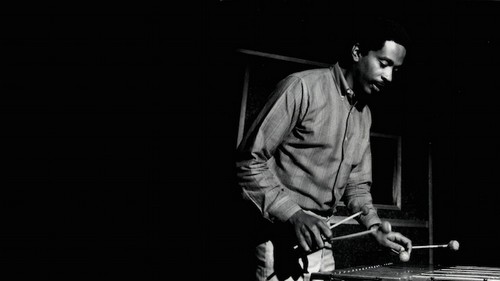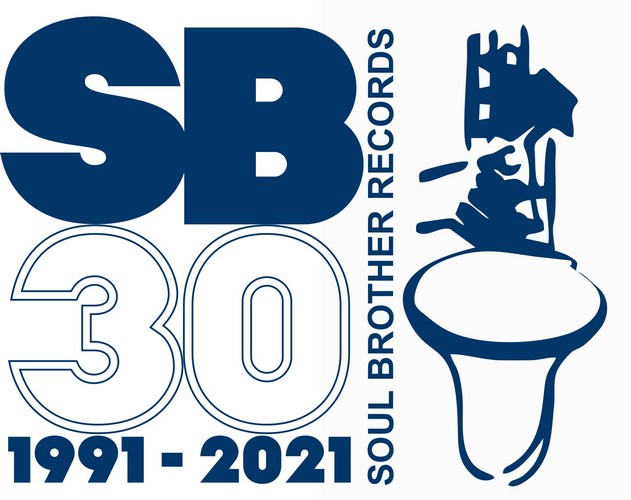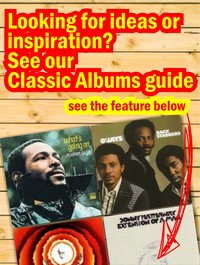 BOBBY HUTCHERSON – GENIUS OF FREE AND BLUESY VIBES
BOBBY HUTCHERSON – GENIUS OF FREE AND BLUESY VIBES
Bobby Hutcherson’s contribution to Jazz as a vibraphonist stands second to none and that includes the likes of Lionel Hampton, Milt Jackson and on the Fusion side Roy Ayers. His work straddles, Hard Bop, Free Jazz, Latin and Jazz Funk. He made his name, however recording both Bop and avant-garde sets for Blue Note as leader and sideman in the mid to late sixties. Indeed, Horace Silver aside, Hutcherson spent more time at that prestigious Jazz label than any other artist (1963 – 1977).
Sadly, Hutcherson passed away on 15th August after a nine-year battle with emphysema. He was 75. Born in Los Angeles on 27th January 1941, Bobby was raised in a musical family. His elder brother Teddy – a friend of Dexter Gordon – awakened the vibraphonist’s interest in Jazz, in particular listening to Art Blakey records. Their sister Peggy was a singer with the Gerald Wilson Orchestra and introduced him to Eric Dolphy (her then boyfriend) and Billy Mitchell. It was hearing Milt Jackson’s playing on a ‘Miles Davis And The Modern Jazz Giants’ that inspired Hutcherson to take up the vibes. He was 12 and it was 1953.
His professional career began in the late fifties in Curtis Amy’s band as well as with Dolphy. He then joined Billy Mitchell and Al Grey’s group for dates at the Jazz Workshop in San Francisco and New York and toured with them for a year before moving to the Big Apple.
Hutcherson used to participate in jam sessions at his friend, Herbie Lewis’ apartment. At the time Lewis was the bass the player with Benny Golson and Art Farmer’s Jazztet. Fellow Jazztet member Grachun Moncur III heard Bobby and introduced him to Jackie McLean, a member of whose band the trombonist was as well. Hutcherson joined McLean. This led to Hutcherson’s first Blue Note recording date – the alto player’s ‘One Step Beyond’. Further Blue Note sessions soon followed including with Moncur himself (‘Evolution’), Grant Green (‘Idle Moments’), Andrew Hill (‘Judgement’) and Eric Dolphy (‘Out To Lunch) amongst others. He also contributed magnificently to Hammond organist John Patton’s classic Soul Jazz outing ‘Let Em Roll’ – witness his blistering solo on the Jazz dance floor filler ‘Latona’.
Although Hutcherson was renowned for his involvement with the Free Jazz movement, his debut solo recording ‘Kicker’ for Blue Note was more or less straight-ahead Hard Bop. ‘The Kicker’, from 1963, however did not see release until 1999! Hutcherson recorded a series of ground breaking albums as leader on Blue Note at this time, most notably ‘Dialogue (1965), ‘Stick-Up’ (1966) and ‘Components’ (1965). The latter included Hutcherson’s best known composition – the often covered ‘Little B’s Poem’. This beautiful piece was dedicated to his son Barry who was born in 1962.
Bobby Hutcherson returned to California in 1967 having lost his New York cabaret card in 1967 after he and drummer/ collaborator, Joe Chambers’ bust for marijuana possession. Without a cabaret card, he was not allowed to perform at any venue serving alcohol. He continued to record for Blue Note, however, with a series of strong albums in association with saxophonist Harold Land. Notable albums from this era include ‘Total Eclipse’ and the superb ‘San Francisco’ that includes the Soul Jazz anthem ‘Ummh’, and his experiment with vocals ‘Now’ including ‘Hello to the wind’. Two of his best albums from this period ‘Patterns’ (featuring the beautiful ‘Effi’) and ‘Medina’ remained unreleased until 1980 when issued as part of Blue Note’s LT series.
After Land and Hutcherson went their separate ways in 1970, Hutcherson recorded a further ten albums for Blue Note. Results were variable as the vibes player tried to come to terms with the increasing Fusion influence, but the Latin Jazz album ‘Montara’ from 1975 remains one of his finest.
After fourteen years with the Blue Note label, Hutcherson joined Columbia and recorded three albums. The best ‘Un Poco Loco’ includes the beautiful ‘Ebony Moonbeams’ penned by pianist George Cables. During the eighties and early nineties, he recorded for the Landmark label and sporadically for various labels thereafter. He collaborated with some of Jazz’s greatest legends too including McCoy Tyner (frequently) and Sonny Rollins.
Bobby returned to Blue Note in 2014 for one last recording – ‘Enjoy The View’ headlining alongside Joey DeFrancesco, David Sanborn and drummer Billy Hart. It turned out to be a fitting swansong.
Hutcherson’s music defied Jazz’s often disparate and conflicting styles in the sixties with a grace and ease that few ever achieved. His mastery of harmonics enabled him to be a substitute for the piano on many sessions and his frequent use of four mallets instead of two gave his playing a distinctive, fast and fluid style. Rollins once described him as ‘an exceptionally gifted Jazz improviser’. Alongside Art Blakey, Horace Silver, Lee Morgan, Hank Mobley and countless others, Hutcherson is intimately associated with the great Blue Note sound – one of Jazz’s, indeed music’s most distinctive and recognizable sounds. And for that, if for no other reason, Bobby Hutcherson deserves the accolade of legend. And he could sure play the vibes.
DIALOGUE
COMPONENTS
STICK-UP
HAPPENINGS
SAN FRANCISCO
NOW
PATTERNS
MEDINA
MONTARA
UN POCO LOCO

